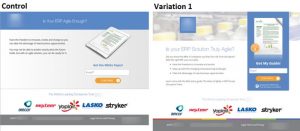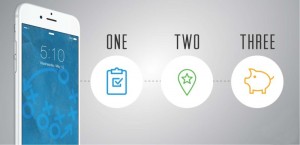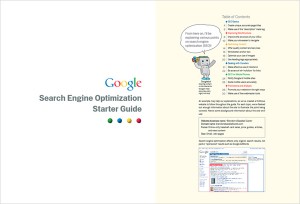— July 3, 2018

When submitting a resume to a recruiter or hiring manager, it’s usually a good idea to include a cover letter, as well—even if you’ve been told that cover letters are “optional.” Simply put, a cover letter gives you an additional chance to pitch yourself; it’s one more piece of marketing collateral that can help you convey your value as an employee and stand out from the competition.
But all of this is contingent on your cover letter being well-constructed. If you’ve never drafted a cover letter before, you may wish to consider consulting with one of our resume writers, who can ensure you’re putting your best foot forward.
Or, consider these brief guidelines—six elements that characterize an effective cover letter.
Six Things Every Cover Letter Needs
- Specifics. Using bullet points, outline two to four of your most significant career accomplishments—and whenever possible, use statistics and numbers to lend those achievements some specificity. Hiring managers respond better to quantifiable accomplishments than to generalities; “increased sales by 35 percent” is always better than just “increased sales.”
- Personalization. Every cover letter you send out should be customized; don’t simply copy and paste the same text for every job opportunity. Whenever possible, do a little online research and find the name of the hiring manager or HR head who’s going to be receiving the cover letter, and address it to them individually.
- Brevity. This isn’t the place to tell your life story. It’s not even the place to outline your career history; that’s what your resume is for! A good cover letter is more like an elevator pitch, quick and punchy. You never want it to exceed a page; often, half a page is sufficient.
- Keywords. Another important way in which you can customize your cover letter? Look through the job description for the role you’re seeking, and try to incorporate some of that verbiage into your cover letter—emphasizing your fit for the position. If the job description uses the phrase “customer service” two or three times, that’s a phrase you should include in the cover letter.
- Contact information. Your name, address, phone number, and email address should all be included in the cover letter—always!
- Value. The big picture here is that you’re trying to show a potential employer the benefits you can offer them—and that means displaying the unique value you have as a professional. Try to articulate those things you believe make you special as an employee. This is where those specific accomplishments come in handy; and, where generalizations like hard-working and motivated generally come up short.
Business & Finance Articles on Business 2 Community
(35)





